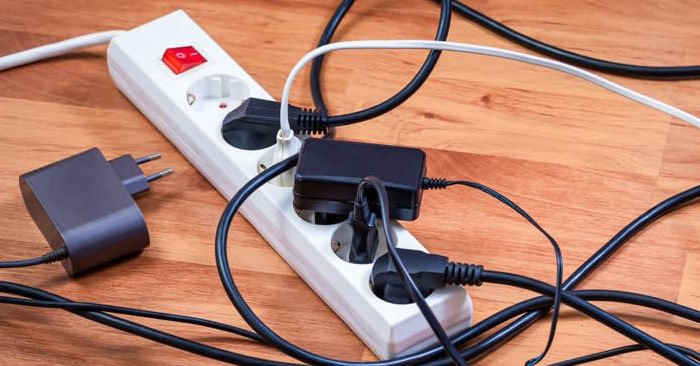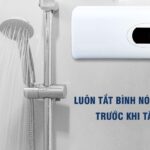We all appreciate the convenience of extension cords and surge protectors. Plug in, and you’re powered up instantly. However, electricians worldwide caution that this convenience can turn hazardous when misused.

Many household disasters stem from devices that should never be plugged into extension cords or surge protectors. Recognizing these high-risk devices can safeguard your home, appliances, and yourself. Below are the devices experts recommend plugging directly into wall outlets, avoiding extension cords or power strips.
Devices to Never Plug Into Extension Cords
Space Heaters
Portable heaters consume significant power, typically 1,000 to 1,500 watts (or more). Extension cords and surge protectors rarely handle such continuous loads, risking wire overheating. Overheated wires are a leading cause of electrical fires. Even surge protectors with built-in circuit breakers don’t guarantee safety with high-wattage heaters.
Refrigerators, Freezers & Large Appliances
Motor-driven appliances (like refrigerators, freezers, air conditioners, or dishwashers) have high startup currents. This instantaneous surge can overload extension cords or power strips, leading to tripped breakers, melted insulation, or worse, short circuits. Additionally, their continuous operation increases long-term overheating risks. For safety and longevity, plug them directly into dedicated wall outlets.

Microwaves & Toasters
Microwaves, toasters, and similar cooking appliances combine high wattage with variable loads. Their heating cycles spike power consumption, straining intermediate wiring. Plugging them into extension cords or power strips risks voltage drops and wire overheating.
Since these devices often run for several minutes (or longer), the cumulative heat can be surprising. Ensure kitchen safety by plugging them directly into wall outlets on properly rated circuits.
Air Compressors, Industrial Tools & Power Tools
Power tools (saws, drills, air compressors, garden equipment) handle high currents, especially under load. Using extension cords can cause voltage drops, forcing tools to draw more current, accelerating wear or causing failure. The added resistance from connectors, wires, and plugs further exacerbates the strain. Many workshop fires start from overloaded tool cords. Plug all heavy-duty tools into dedicated, properly rated outlets, avoiding standard extension cords.

Hair Dryers, Curling Irons & High-Heat Personal Devices
Surprisingly, hair dryers and styling tools are power-hungry. Professional styling devices can draw 1,800 to 2,000 watts, exceeding most extension cord limits. Even if cords don’t fail immediately, connectors can heat up over time, risking melting or fire. Since these devices are used daily and generate heat, the risk compounds. The safest approach is direct wall outlet connection, avoiding any temporary setups.
Should You Turn Off Your Water Heater Before Taking a Bath? The Surprising Truth Revealed.
“Introducing the ultimate guide to understanding this matter inside out. Uncover the secrets to success and learn from the masters with this comprehensive insight. Discover the reasons behind the scenes and the essential considerations to keep in mind. It’s time to elevate your knowledge and become an expert.”






































